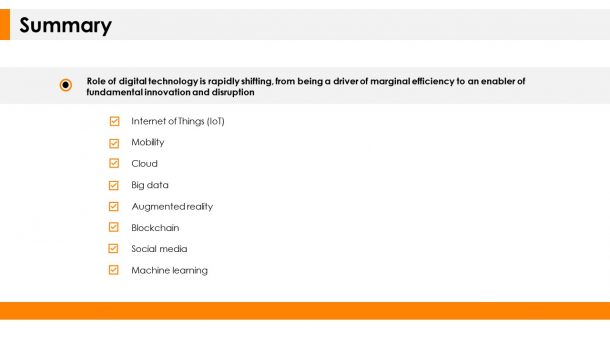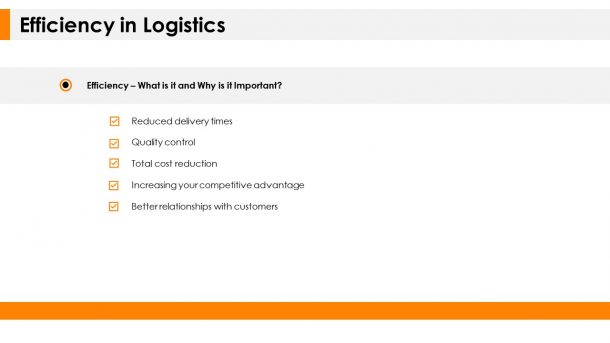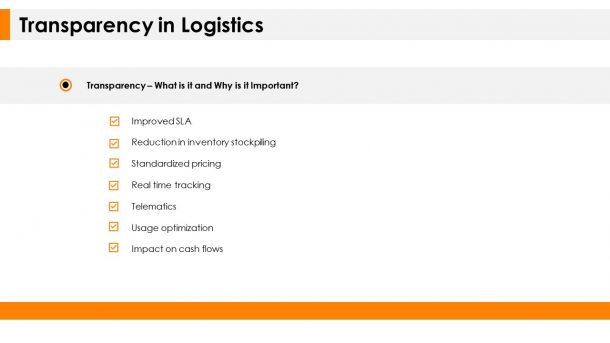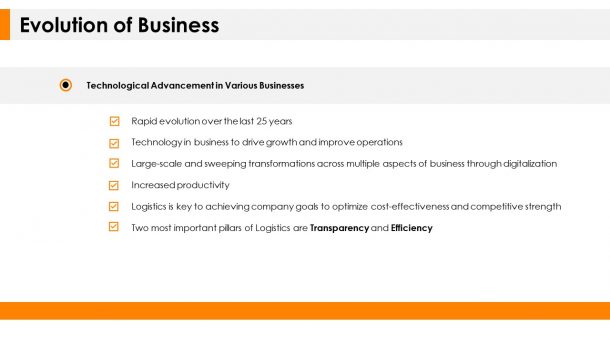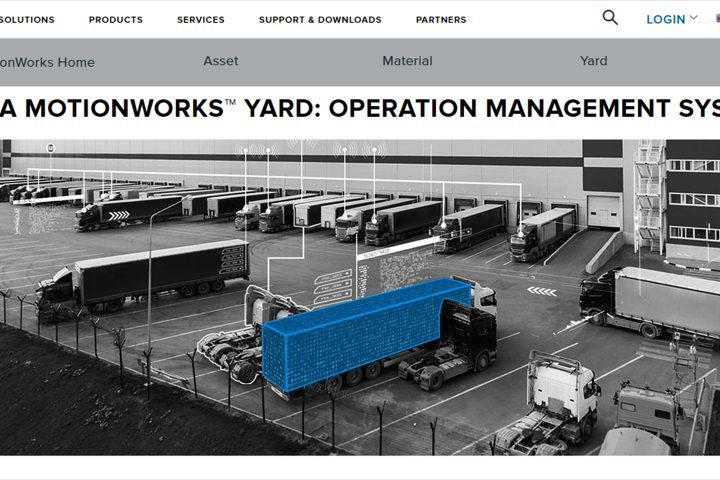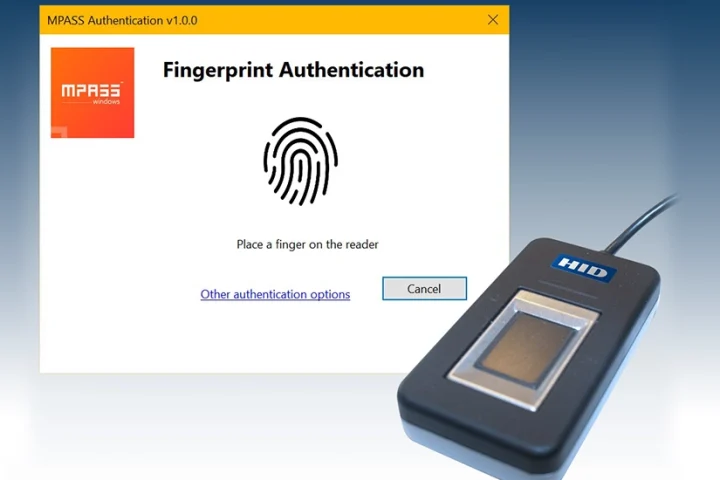No organisation producing physical goods can shy away from acknowledging the importance of logistics management. The two most important pillars of logistics are transparency and efficiency. Transparency is what every business aspires, but few manage to attain. Every transportation and logistics business needs end-to-end visibility of their supply chain. And if you are wondering why this is important, you are asking the right question.
Empowered with this information, a business can make better, informed decisions for all the stakeholders. This information comes from data generated by smart devices and user activity.
Today, there is tons of data out there waiting to be collected and analysed. From vendors, employees, transporters and customers, there is data throughout the supply chain, and it is just a matter of collecting it. Whether through manual collection or systems integration, it is worth the effort to gain more insights into aa business’ supply chain.
The logistics industry is going through a major transformation. This transformation will drive the change from greater transparency to enhanced efficiency. Logistical efficiency is defined as how smoothly an enterprise conducts its operations. Although increased transparency leads to better efficiency which will lead to enhanced productivity, this change is not automatic.
Businesses must strive for enhanced transparency at every level to drive efficiency and productivity.
To put this into perspective, traditionally customers used to book a shipment and receive an estimated delivery date. With tracking devices and reduction of human intervention and room for error, customers now have access to shipping and tracking systems 24×7. Efficiency should optimise customer value and eliminate tasks that are not necessary.
Decision makers are acknowledging a shift in the role of digital technology from being a driver of marginal efficiency to an enabler of fundamental innovation and disruption.
